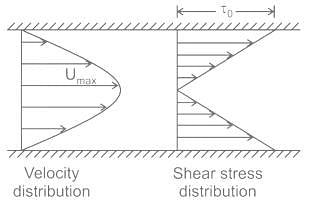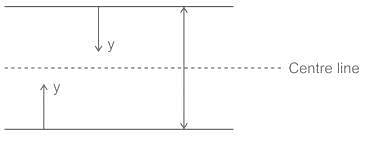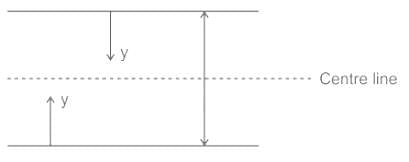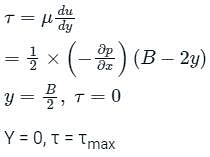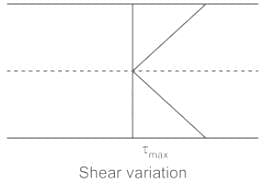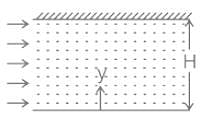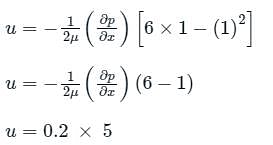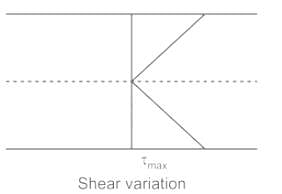Test: Laminar Flow Between Plates - Civil Engineering (CE) MCQ
10 Questions MCQ Test - Test: Laminar Flow Between Plates
A fluid (specific gravity = 0.9 and μ = 1.2 Pa.s) flows in a laminar regime between two parallel plates fixed 3 cm apart. If the discharge is 600 cm3/s/cm width of plate, the shear stress on the boundary, in Pa, is
In a flow between two stationary parallel plates, the shear stress is zero
| 1 Crore+ students have signed up on EduRev. Have you? Download the App |
The shear stress between two fixed parallel plates with a laminar flow between them
The maximum velocity of a one-dimensional incompressible fully developed viscous flow, between two fixed parallel plates, is 6 ms-1. The mean velocity (in ms-1) of the flow is
For a steady incompressible laminar flow between two infinite parallel stationary plates, the shear stress variation is
A flat plate 0.1 m2 area is pulled at 30 cm/s relative to another plate located at a distance of 0.01 cm from it, the fluid separating them being water with viscosity of 0.001 Ns/m2. The power required to maintain velocity will be
The boundary layer on a flat plate is called laminar boundary layer if
In case of steady incompressible laminar viscous flow between two stationary parallel plates, the velocity distribution is
In a laminar flow between two parallel plates with a separation distance of 6 mm, the centre line Velocity is 1.8 m/s. The velocity at a distance of 1 mm from the boundary is:
In a laminar flow between two fixed parallel plates, the shear stress is










